I’m a huge fan of art history and learning about other artists, both alive and long gone.
Exploring the lives and work of those who’ve gone before us offers context, depth, and an opportunity for greater skill and richness in our own work.
And it’s absolutely possible to learn from the masters {or any artist} in a way that supports our journey to our own truest work.
In creating the Artist Inspired courses {one now lives in the Happy Artist Studio, and two is here}, I learned that there are so many more ways to learn from others than the all too easy route of copying.
‘Being inspired by’ so often seems to mean ‘making something that looks very similar to’, but I’ve found that doesn’t have to be the case at all.
Copying has its place of course; it’s how the masters themselves often learned their craft, through apprenticeships that had them copying works, and the styles of their mentors, closely.
It’s a valid way to learn, but to me it also feels restricting, and it denies us the chance to be more fully ourselves.
Ultimately we want to be making art that expresses our individuality, not art that shows how skillful we are at imitation.
So today I’m sharing some of the things creating the Artist Inspired courses has taught me about how we can be deeply inspired by another artist and still make work that comes from a true place inside us.
1/ copy first, then develop
Don’t rule out copying entirely. I’ve found that when I first create something similar to the artist I’m working with {and of course it’s never really that similar!}, the physical experience of exploring their palettes, brush strokes, compositions and methods teaches me a great deal not just about their work, but about me and my own too.
It also gives me a springboard from which to bounce off into what feels more me, but refreshed.
Inspired by Joan Mitchell
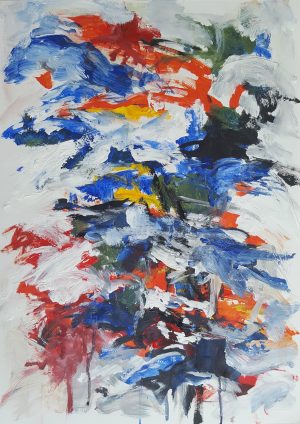 When I was creating the lesson on Joan Mitchell for Artist Inspired II, I tried out both her palette and her brush strokes. Even though I know better, I found some part of me had still assumed it wouldn’t be that hard to imitate her lively abstract marks. I was amused to find I was very wrong!
When I was creating the lesson on Joan Mitchell for Artist Inspired II, I tried out both her palette and her brush strokes. Even though I know better, I found some part of me had still assumed it wouldn’t be that hard to imitate her lively abstract marks. I was amused to find I was very wrong!
Had I not at least tried to imitate her, I wouldn’t have understood what it feels like physically to make those kinds of marks, to see what effect they have, or to fully appreciate how unique to her they were. If you ever hear anyone say the immortal words, ‘my three year old could do that’, get them to try copying Joan Mitchell!
Once you have that felt experience of ‘copying’, you can take the parts that feel resonant, if there are any, and discard the rest. I might incorporate the gestural movements I learned from trying to imitate Joan Mitchell into my own paintings for example, but they won’t look like her work because they’ll evolve and be combined with my own unique marks and style.
2/ pick a single aspect
One good way to be inspired by without copying is to pick just one thing from the artist you’re working with.
- Perhaps you’ll choose Seurat’s Pointillism technique and use it to paint energy patterns rather than figurative and landscape work.
- Perhaps you’ll take Degas’ ballet dancers and recreate them in a monochrome graphic novel style.
- Or maybe you’ll borrow Rothko’s colour relationships and apply them to figurative work.
Inspired by Anne Ryan
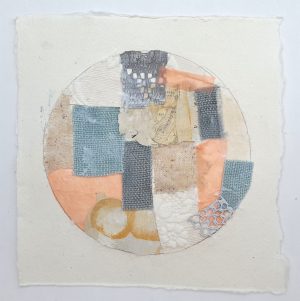 For the lesson on Anne Ryan, I was outside my own usual area of strong colours, expressive gestural marks and large scale painting.
For the lesson on Anne Ryan, I was outside my own usual area of strong colours, expressive gestural marks and large scale painting.
Anne Ryan made very small collages {amongst many other things}, and mostly in neutral or soft palettes. I would never normally have considered playing in this arena, and remain a larger scale painter overall, but working with a quieter palette – something I’ve wanted to do for a while – was very interesting and pleasurable, and now I have some insights into how I might bring more of that to my own work.
By drawing out {no pun intended} a single aspect of another artist’s work, you automatically move away from doing what they did and start to give it space to become your own. Creativity is about putting things together, about finding ways to make 1+1 = something that isn’t 2 but is still right.
3/ learn from their process, not their outcomes
One thing I loved about the research I did on each artist featured in the course was discovering insights into their processes.
That information isn’t always available, although the more well known the artist the more likely you are to be able to find out how they made their work.
When I did find process information, I was able to use it in the lessons while incorporating the principles mentioned above to keep the focus firmly on development, beyond any particular artist’s outcomes, and towards my own work.
Inspired by Helen Frankenthaler
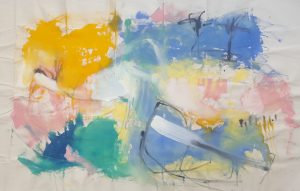 By learning about how Helen Frankenthaler diluted her paint, used raw unstretched canvas and poured from varying heights, as well as about the other tools she used, like sponges and house painting brushes, I was able to play in that context she created while constantly considering how aspects of it might be used to expand my own current work.
By learning about how Helen Frankenthaler diluted her paint, used raw unstretched canvas and poured from varying heights, as well as about the other tools she used, like sponges and house painting brushes, I was able to play in that context she created while constantly considering how aspects of it might be used to expand my own current work.
Plus, it was a lot of fun getting to play in these new ways, often quite far removed from my natural approach. It offered an opportunity to try things I wouldn’t normally think of in the course of my usual process, thus widening its boundaries and suggesting new approaches.
4/ find out their why
This is for me a fascinating aspect of learning about other artists.
- What’s their story?
- Why do they paint the way they do?
- What were they thinking about when they were painting?
- Where did they get their ideas?
- What did they believe in?
- What were they trying to express?
Discovering insights into what was behind the painting; how the life experiences of the artist and their temperament affected and developed their work; how the process of exploring their ideas grew them and the work itself – this is, I believe, what prevents us ever truly imitating another artist.
And it’s why there can be no doubt that we each have a unique style and approach, whether we feel we’ve discovered it or not yet.
You can explore another artist’s why as a means of understanding the development and outcome of their work better, or you can use it to prompt insights into your own.
Inspired by Marlene Dumas
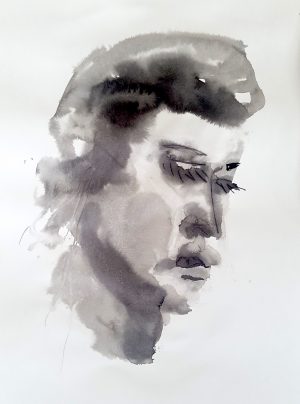 Marlene Dumas created a series called Rejects, because, as she put it, “…in a conceptual way, if you call something ‘reject’ it’s a bit like a failure already, so you can’t really fail because you’ve acknowledged that you’ve failed, so I like that play on the word reject.”
Marlene Dumas created a series called Rejects, because, as she put it, “…in a conceptual way, if you call something ‘reject’ it’s a bit like a failure already, so you can’t really fail because you’ve acknowledged that you’ve failed, so I like that play on the word reject.”
The series is a collection of rejected work from other series she created. What if you took a bunch of your ‘failed’ paintings and reworked them or put them together in some way? What if you used a play on words as your guiding principle behind a series, or your work as a whole?
There are many ways to interpret and use an artist’s why. I think in the end of course we’ll always have our own that we don’t even feel we’ve necessarily chosen entirely autonomously; my concept of freedom feels as much a part of me already present as it does a choice to explore it.
But that doesn’t mean we can’t play with ideas presented by others; it’s in making new connections that we develop our own work and become the kind of artists we want to be.
***
Curious about exploring the work of these and other women artists while developing your own? I created Artist Inspired II for you!
Over ten diverse and fascinating women artists to discover and learn from in your quest to make art that is ever more truly expressive of you.
Here’s a peek inside the course:
The course lives inside the Happy Artist Studio, which means when you join us, you get access to Artist Inspired II AND all my other courses and programs, monthly topics and Q&A videos, and a private community!
>>> Find out more and start today! <<<

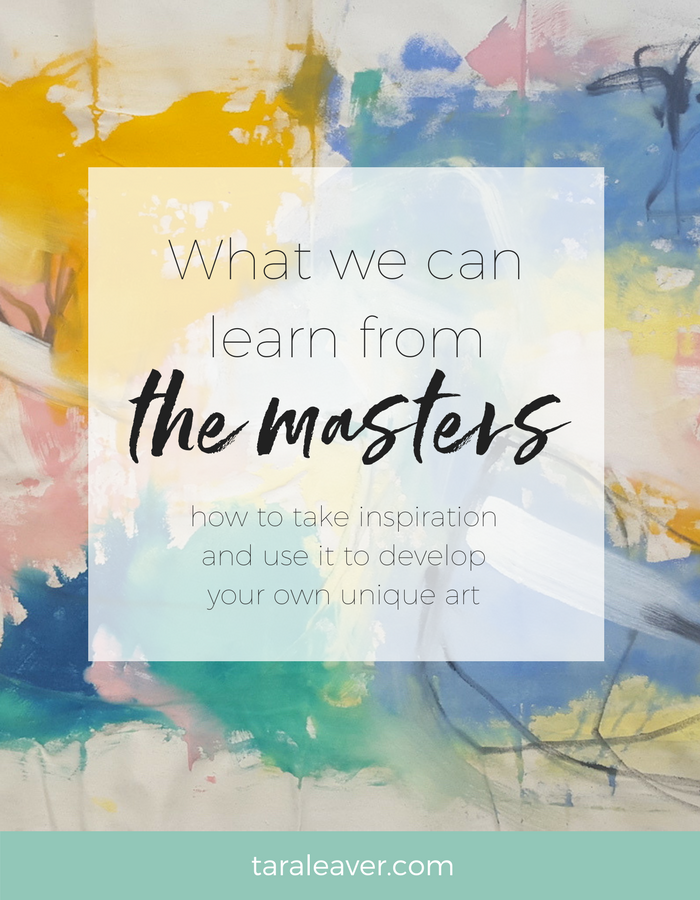
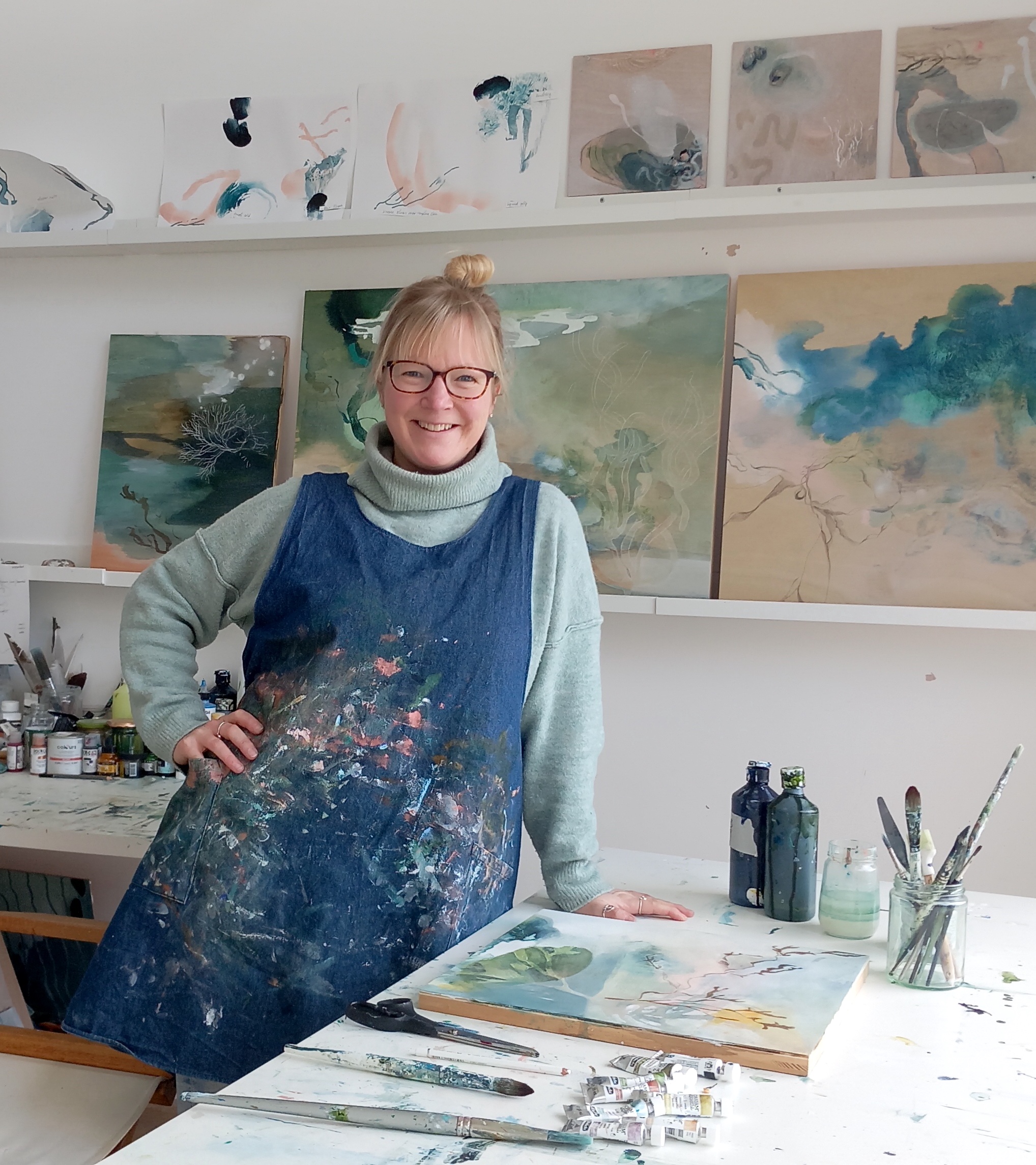
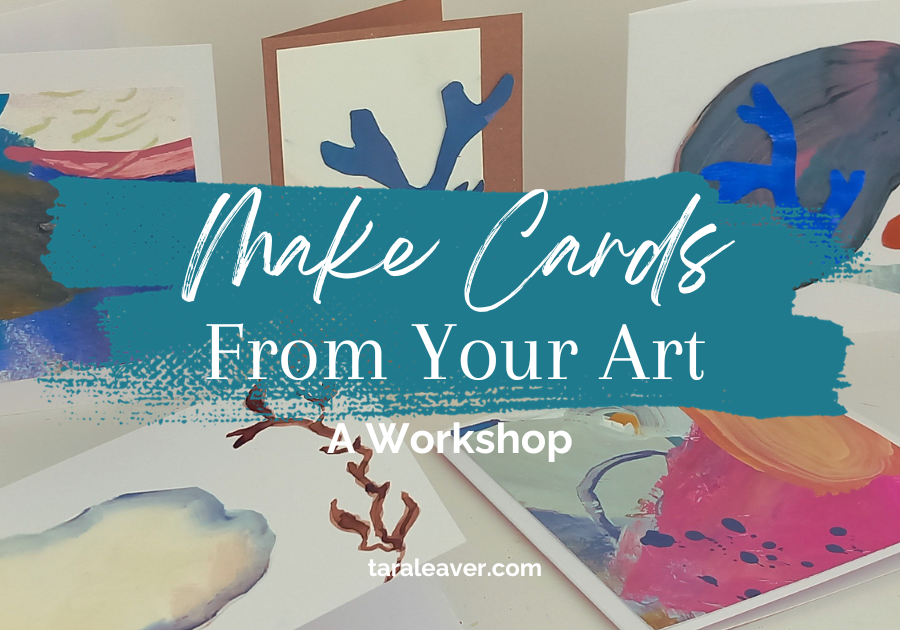
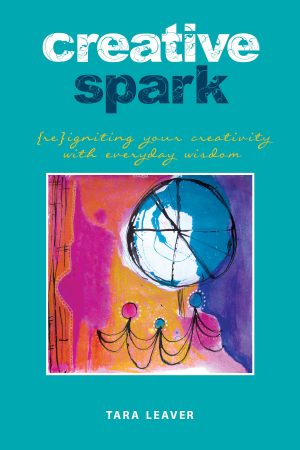
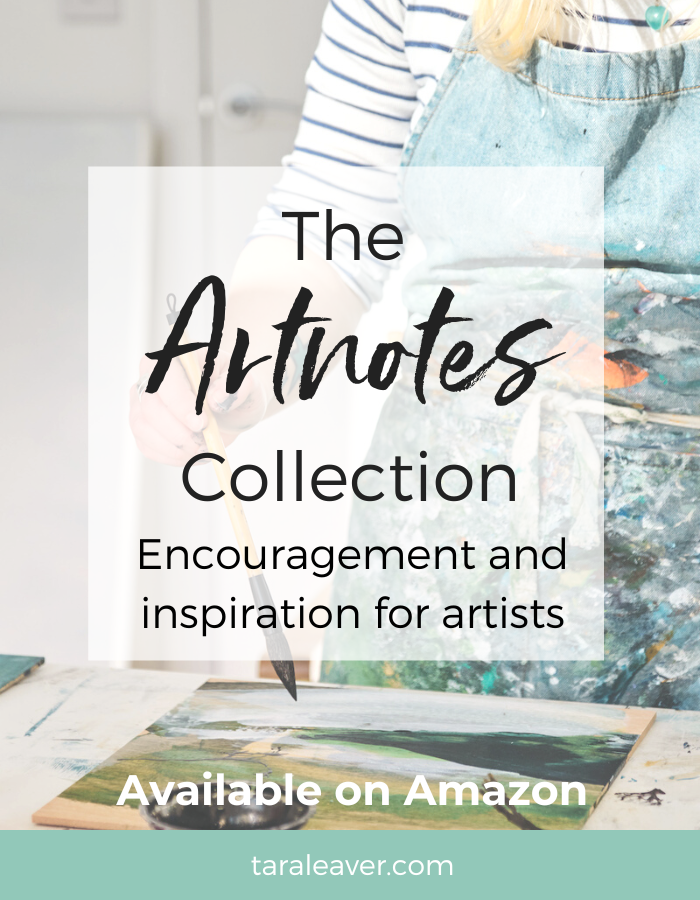
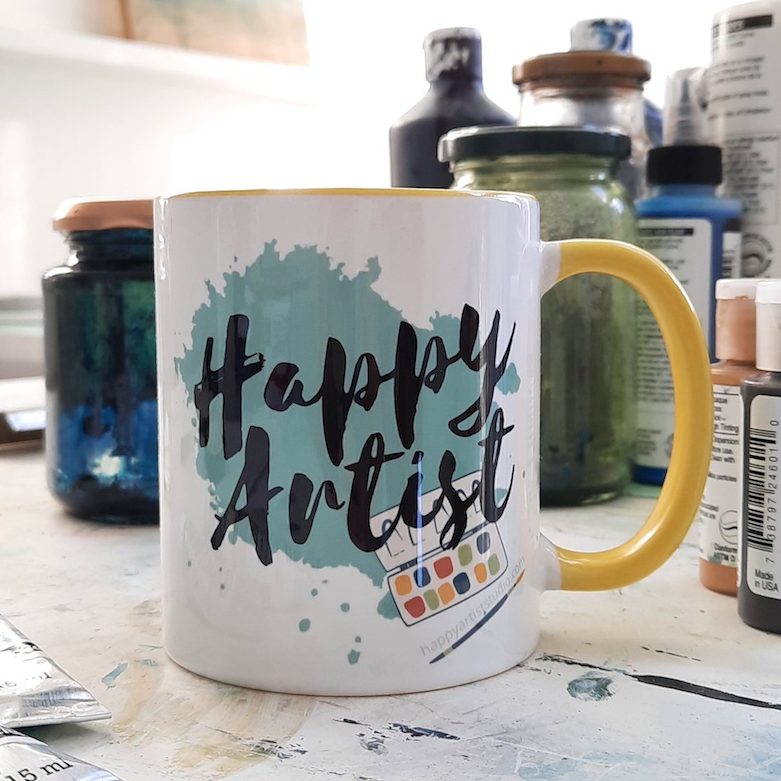

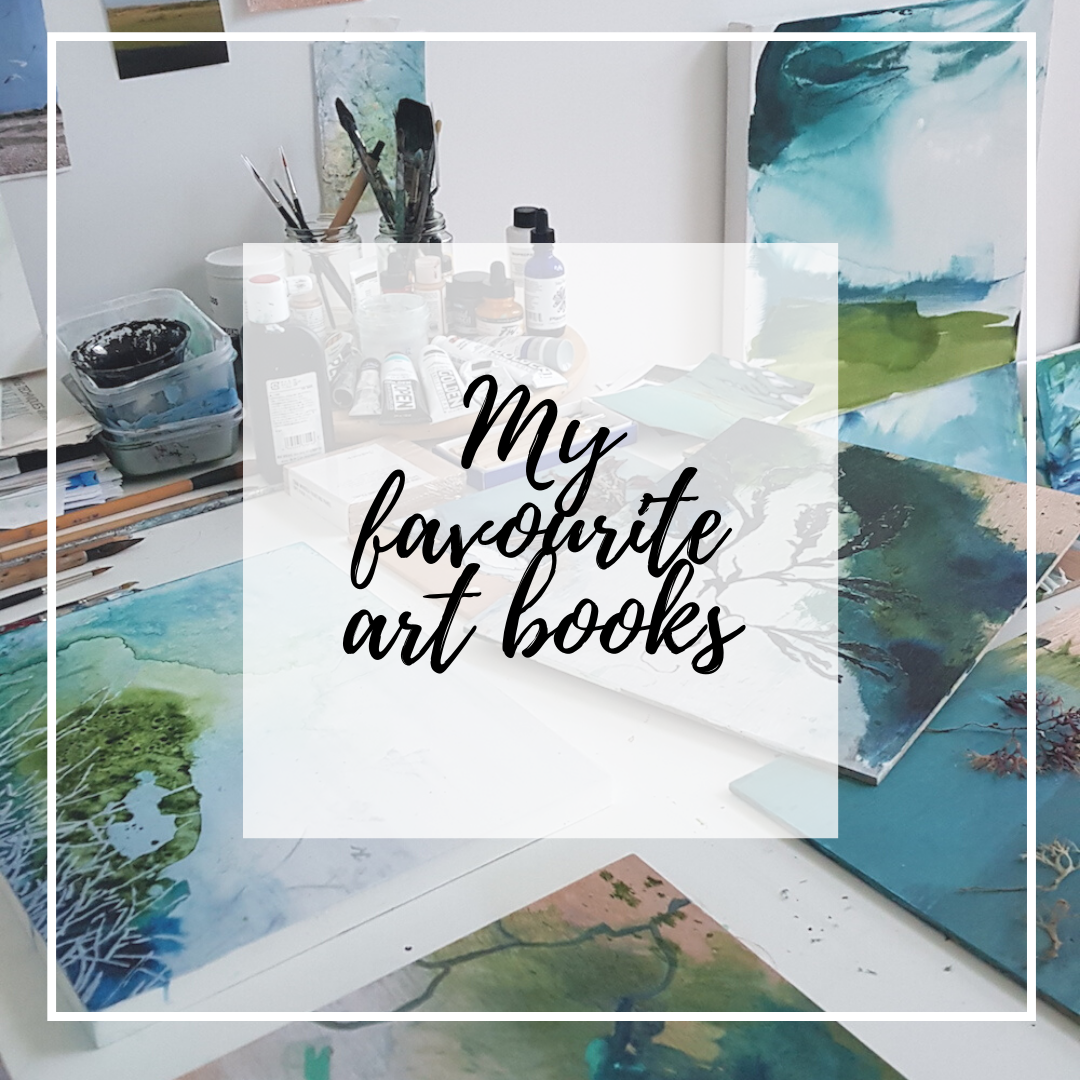
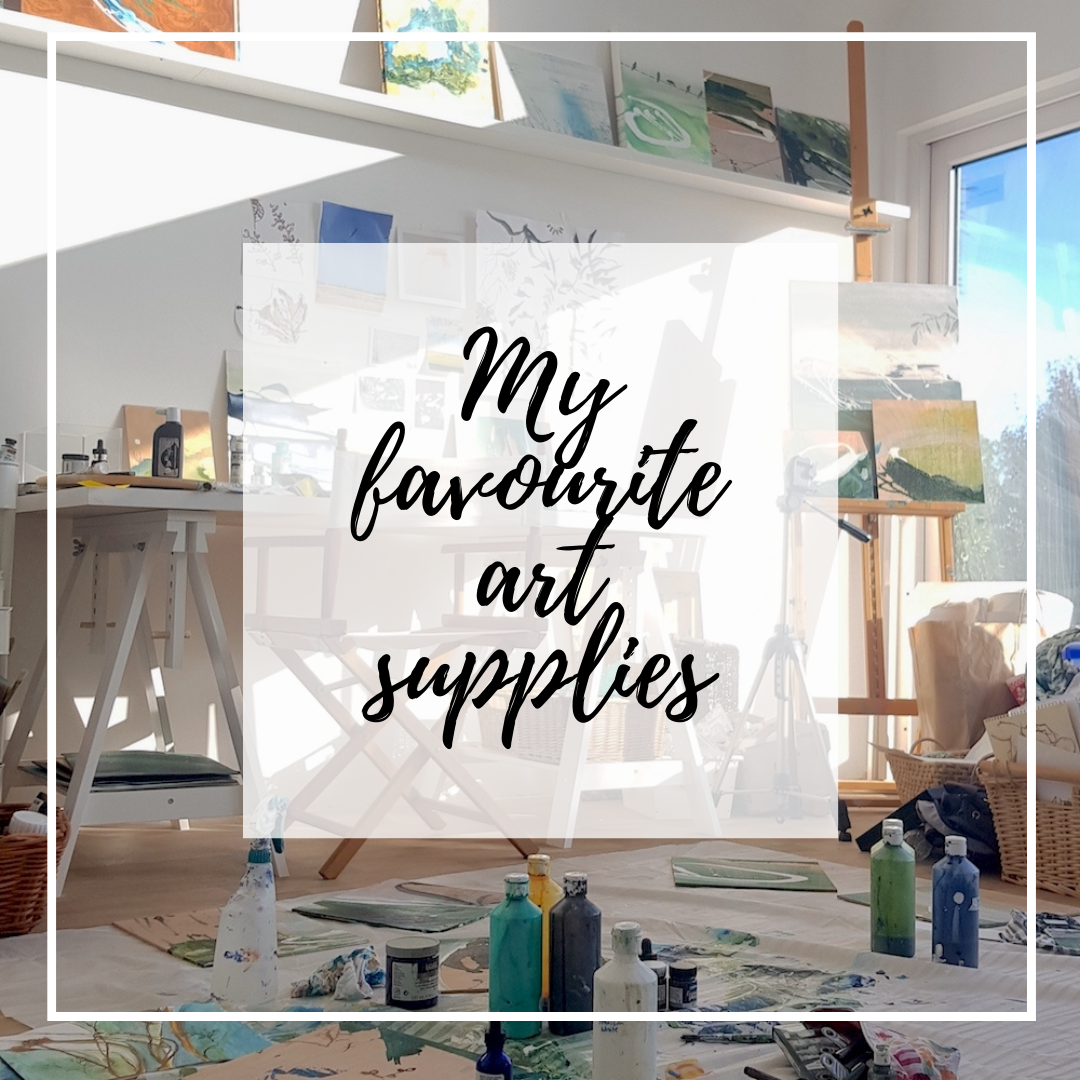

Hi Tara yes I Would like this course but I’m afraid I’d be a lot slower than the others!
Would this be OK with you me lingering behind, so to speak. And also when do you need payment as I can’t see where to send it.
Hi Beryl! There’s no pace except the one you go at – you can start when you like and do the lessons in any order, spending as long as you like on each. Everyone in the Facebook group will be going at their own pace too, so there’s no keeping up required! Go to the course page here to sign up: http://www.bit.ly/artistinspired2
Hey Tara. My name is Aneitta and I am an artist and art teacher. I would like to mention some of what you said in the research paper I am doing but there is no record of your last name which I need for my APA referencing.